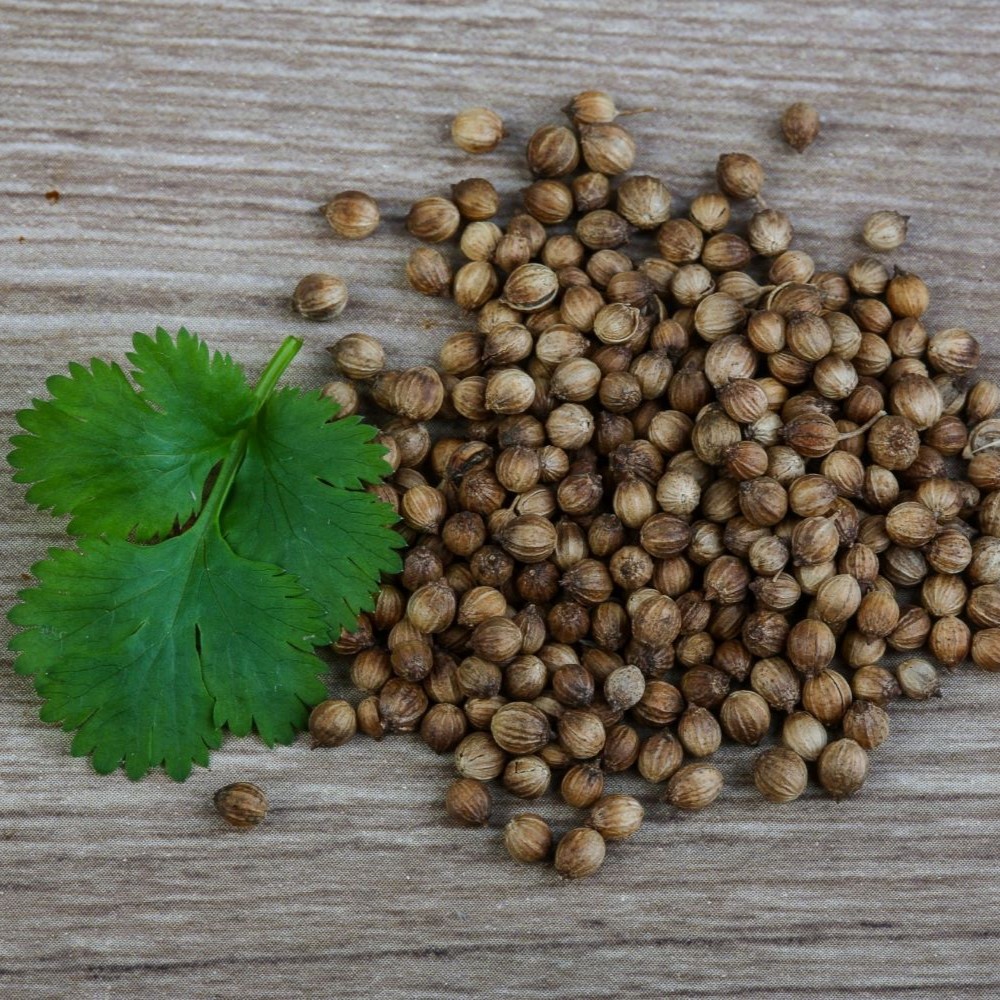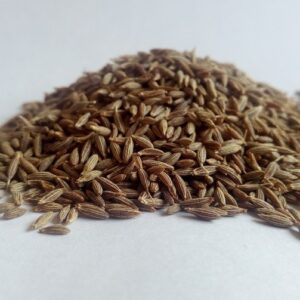Description
- Appearance: Turmeric finger typically resembles small tubers or fingers. The outer skin is brownish with a rough texture, while the interior is vibrant yellow or orange.
- Cultivation: Turmeric is cultivated primarily in tropical and subtropical regions. It requires well-drained soil and ample sunlight to thrive. The plant grows up to around three feet in height and produces underground rhizomes, which are harvested for consumption.
- Harvesting: Turmeric roots are usually ready for harvest after 7 to 10 months of planting. The harvest involves carefully uprooting the plant and removing the rhizomes from the soil. The fingers are then separated from the main rhizome and cleaned.
- Processing: After harvesting, the turmeric fingers can be processed in various ways. They may be dried and ground into a fine powder, which is the most common form of turmeric used in cooking. Alternatively, they can be used fresh or preserved by boiling, drying, or pickling.
- Health Benefits: Turmeric contains bioactive compounds, most notably curcumin, which is believed to have anti-inflammatory, antioxidant, and antimicrobial properties. It has been used in traditional medicine to treat various ailments, including arthritis, digestive issues, skin problems, and more. Research into the potential health benefits of turmeric and curcumin is ongoing.
- Culinary Uses: Turmeric is a staple ingredient in many cuisines, particularly in South Asian and Southeast Asian cooking. It is used to flavor and color a wide range of dishes, including curries, stews, soups, rice, and marinades. It adds a warm, earthy flavor and a vibrant yellow hue to food.
- Commercial Importance: Turmeric is not only valued for its culinary and medicinal properties but also for its economic significance. It is traded internationally, both in its raw form and as a processed spice or extract. India is the largest producer and exporter of turmeric, followed by other countries in Asia and Latin America.
Specifications
-
Botanical Name
Curcuma Longa / Curcuma longa L. Syn. Curcuma domestica Valet.
-
Common Names
Turmeric, Haldi, Harida.
-
Purity
99%
-
Forms
Turmeric Whole, Ground & Dried Slices
-
Cleaning
Machine Clean / Sortex Clean
-
GMO
Non Genetically Modified
-
Origin
India
Turmeric Finger in other languages:
Spanish – Cúrcuma
Bengali – হলুদ (Holud)
Arabic – كركم (Kurkuma)
Urdu – ہلدی (Haldi)
Indonesian – kunyit







